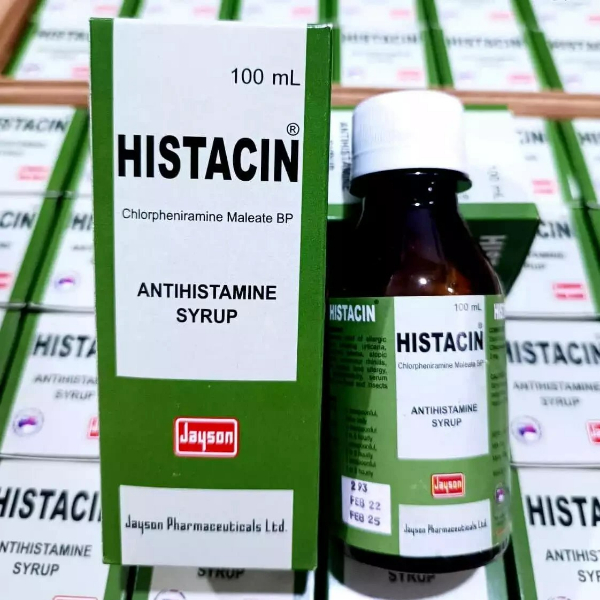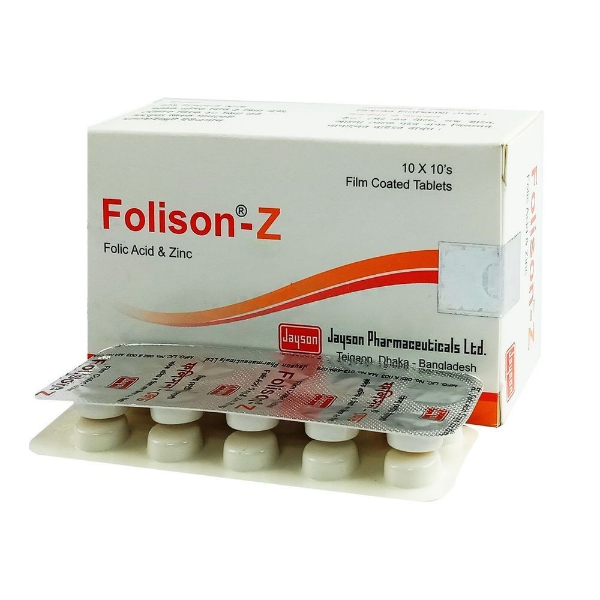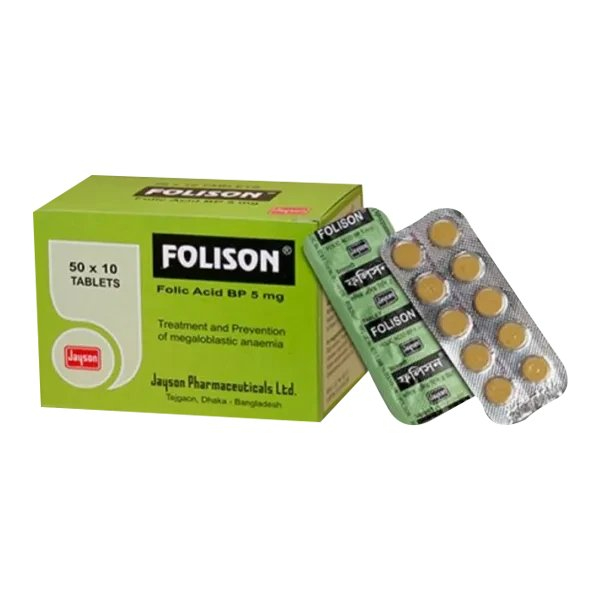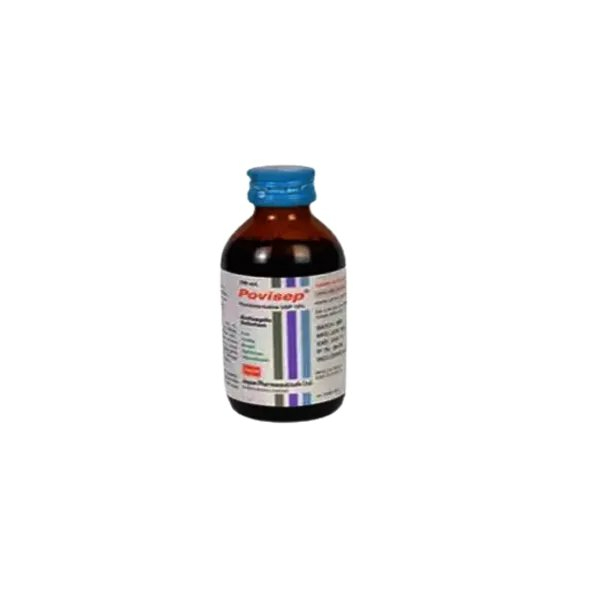Description
রেজিস্টার্ড চিকিৎসকের পরামর্শ মোতাবেক ঔষধ সেবন করুন*
Indications:
-
Local anesthesia for mucosal surfaces (e.g., urethra, nasal cavity, throat)
-
Pre-catheterization or endoscopy
-
Relief of painful conditions like hemorrhoids, anal fissures
-
Minor procedures in ENT and gynecology
-
Dental use before injection or impression taking
Pharmacology:
Lidocaine is an amide-type local anesthetic. It blocks voltage-gated sodium channels in neurons, preventing the transmission of pain signals, thereby causing temporary numbness or loss of sensation in the applied area.
Dosage:
-
Apply a thin layer directly to the affected mucous membrane or skin area
-
Amount depends on the area and procedure—typically not to exceed 30g per application
-
Maximum safe dose: approx. 3–5 mg/kg body weight
Administration:
-
For topical use only
-
Apply with clean finger, applicator, or sterile gauze
-
Avoid use on large, broken, or inflamed skin areas
-
On mucous membranes, allow 3–5 minutes for effect
Interaction:
-
Caution when used with other local anesthetics or antiarrhythmic drugs
-
Systemic absorption may increase with inflamed or abraded mucosa
Contraindications:
-
Known hypersensitivity to Lidocaine or other amide-type anesthetics
-
Severe liver dysfunction
-
Avoid in infants without physician supervision
Side Effects:
-
Local: Mild irritation, redness, or burning at application site
-
Systemic (if over-applied or absorbed): Dizziness, numbness, convulsions, bradycardia, hypotension
-
Allergic reactions are rare but possible
Pregnancy & Lactation:
-
Use in pregnancy only when clearly needed
-
Caution advised during breastfeeding, especially if applied on nipple area
Precautions & Warnings:
-
Avoid contact with eyes
-
Do not use on large areas or broken skin
-
Keep out of reach of children
-
Overuse may lead to systemic toxicity
Therapeutic Class:
Topical Local Anesthetics (Amide type)
Storage Conditions:
Store below 25°C, in a cool, dry place. Keep tightly closed and away from sunlight. Do not freeze.

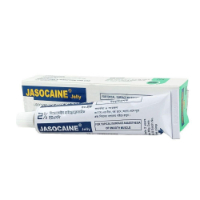


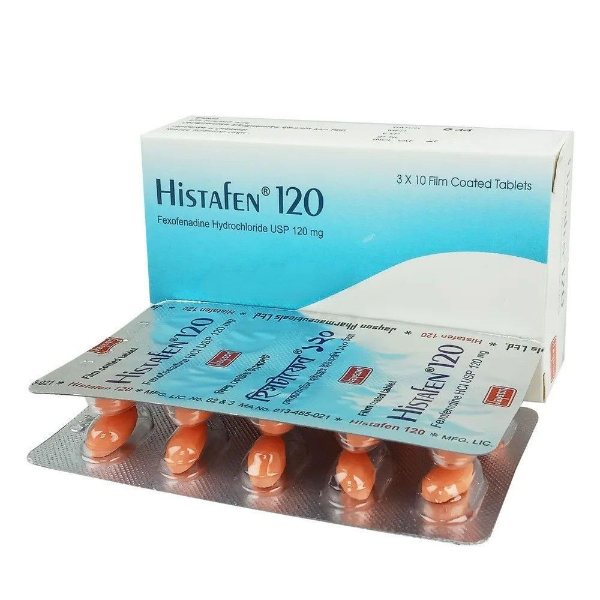

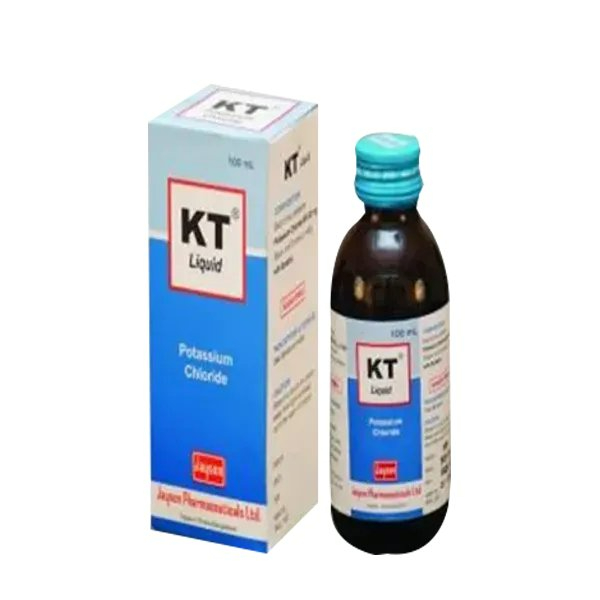
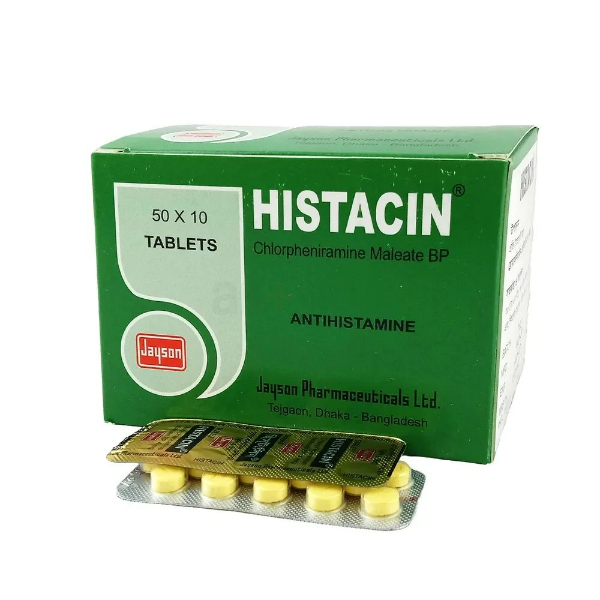
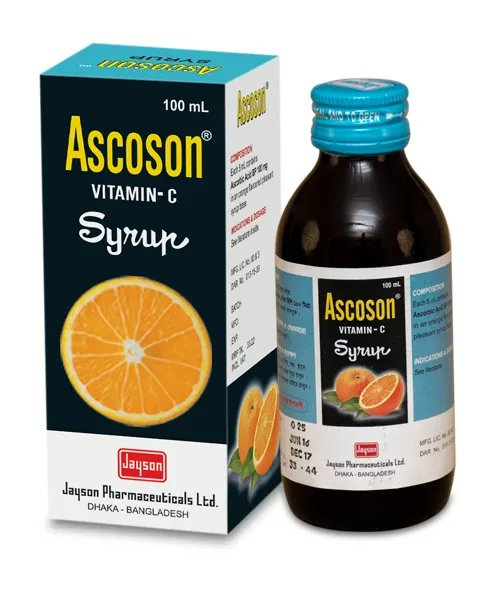
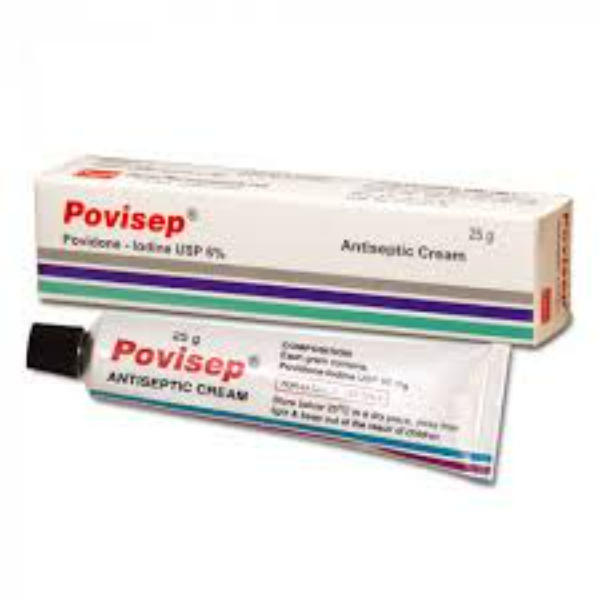
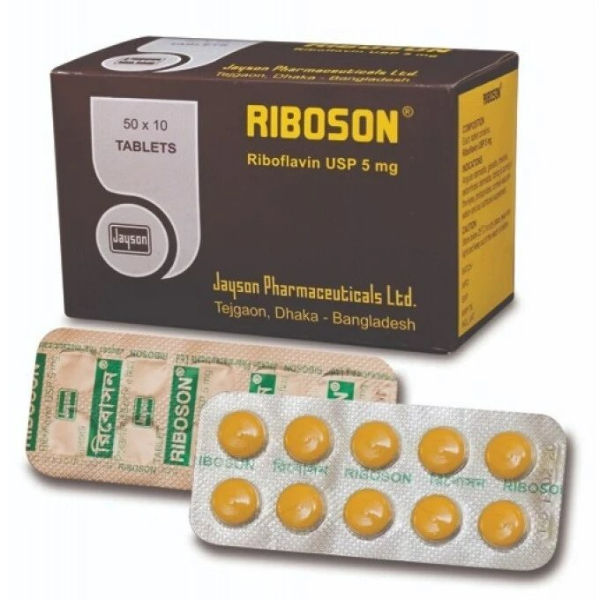
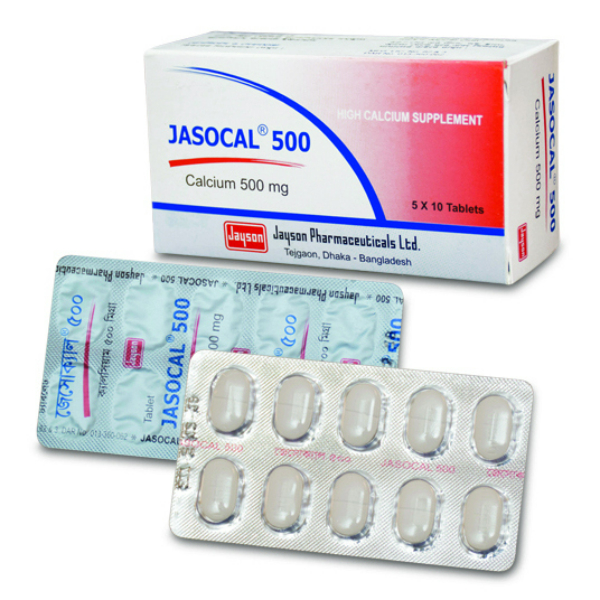
.jpg)
